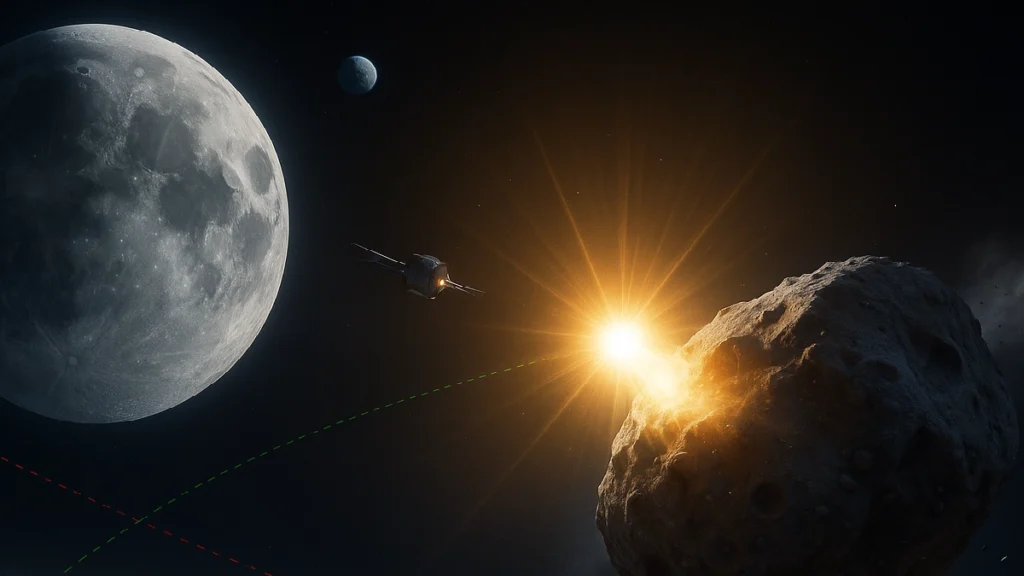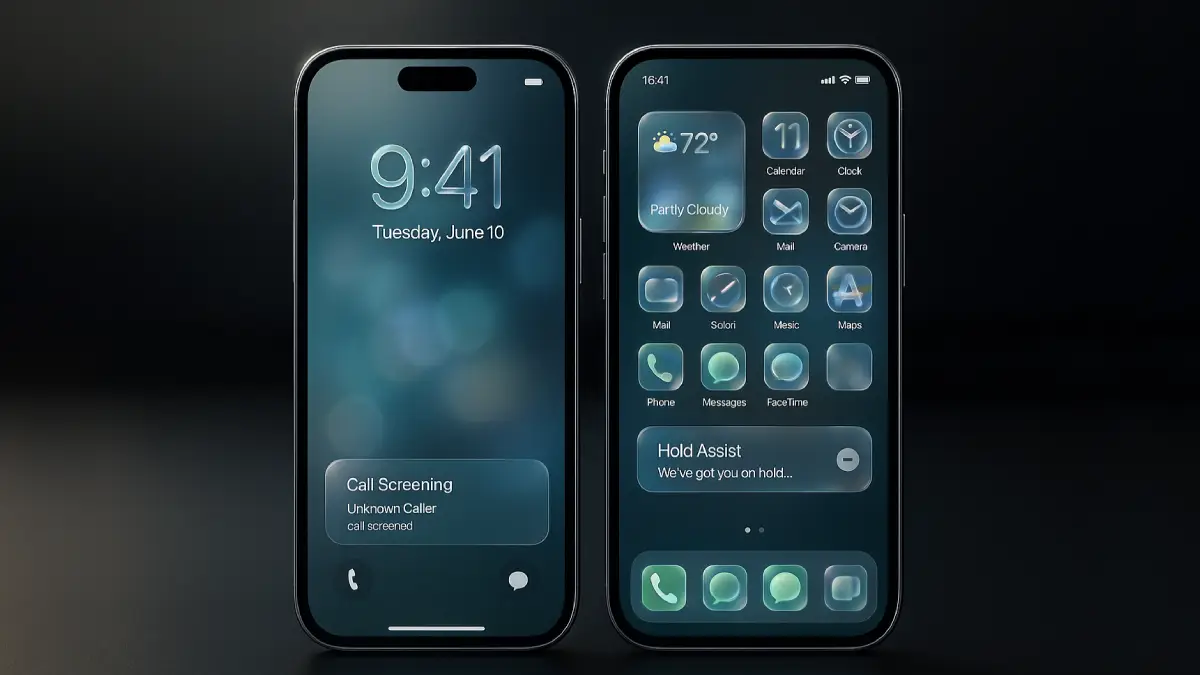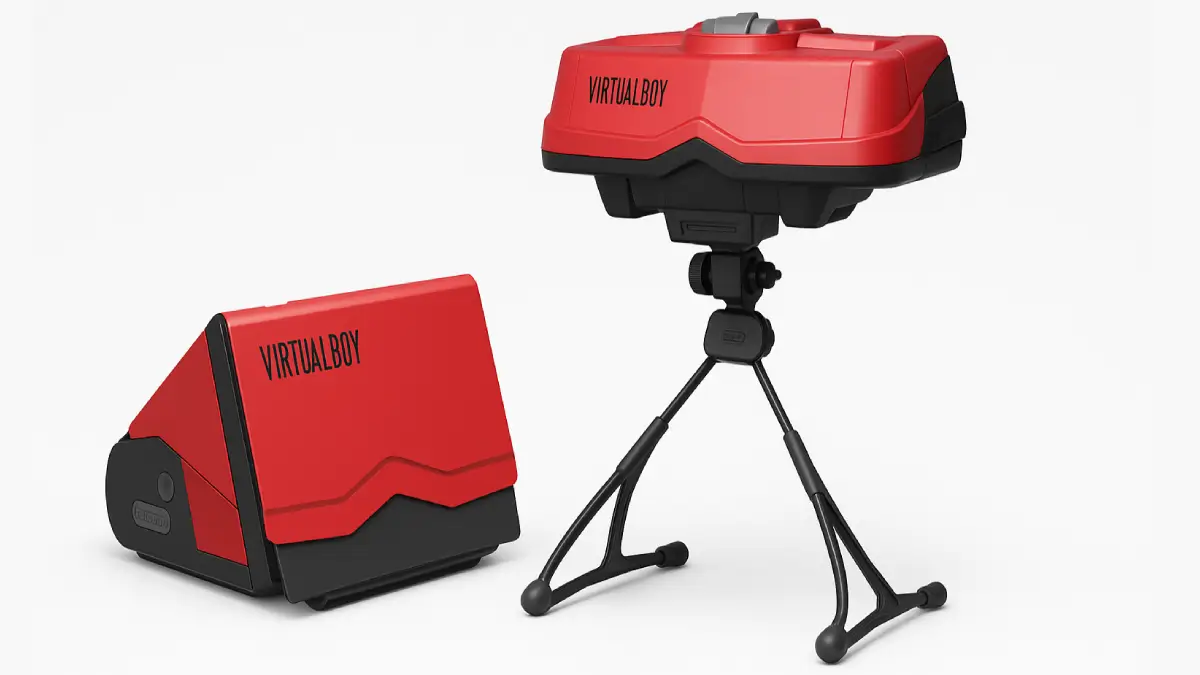The headline writes itself: “NASA considers nuclear weapons to stop asteroid threatening the Moon.” It’s cinematic—and that’s a problem. The nuclear option sounds decisive, but in planetary defense it’s rarely the first, best, or safest tool. The smarter question isn’t “could we?” but “should we, when, and under what constraints?” This article makes the contrarian case: the nuclear path is narrow, risky, and often inferior to quieter solutions that start years earlier with better odds and fewer unintended consequences.

Why “nuke it” seems appealing
- Time compression: Nuclear stand-off bursts can impart large momentum changes quickly, turning a late problem into a solvable one when years of gentle nudges are no longer possible.
- Composition agnosticism: A high-energy burst ablates surface material into a rocket-like ejecta plume even for loosely bound rubble piles.
- Apparent simplicity: One vehicle, one detonation, one delta‑v—fewer moving parts than coordinating multiple kinetic impactors.
The hidden costs most headlines skip
- Fragmentation risk: Splitting an object into many 1–10 m fragments can be worse than a single hit, and cislunar dynamics magnify the hazard.
- Debris cascades for decades: Micro-debris can slowly degrade optics and solar arrays; a “successful” disruption can seed long-lived hazards across Earth–Moon lanes.
- Legal and political tripwires: Space nuclear use intersects with test-ban norms, liability, and international governance—consensus takes time.
- Verification and fail-safes: Ensuring correct performance and preventing accidental detonation adds oversight and schedule pressure just when time is scarce.
The better baseline: earlier, softer pushes
Kinetic impactors, especially when preceded by reconnaissance, scale well if started early. A 10–100 mm/s change applied years in advance yields thousands of kilometers of miss distance. Early discovery enables the “boring” option: characterize, strike on favorable geometry, and let celestial mechanics finish the job.
When nuclear can be right
- Late discovery and large mass: Months-to-few-years warning on a tens-to-hundreds-of-meters body may exceed kinetic capabilities.
- Standoff regime over contact: Detonating above the surface maximizes momentum transfer via ablation while reducing catastrophic shattering.
- High uncertainty: When mass/porosity uncertainties make kinetic design too risky, a nuclear backstop may be the only plausible hedge.
The Moon-specific twist
Crater prevention vs. cislunar safety
Preventing a lunar crater may create a wider cone of fragments and dust in cislunar space. The key question: which outcome produces less operational hazard over 10–20 years?
- Lunar impact: One plume from a known origin with predictable ballistic arcs; operators can plan for temporary micrometeoroid flux.
- Nuclear disruption: A dispersed fragment cloud with varied sizes/velocities, potentially intersecting GEO/MEO/translunar corridors across multiple epochs.
Mission architecture trade-offs
- Recon first vs. act now: A flyby tightens deflection windows but sharply improves effectiveness; slipping recon can force a nuclear timeline.
- One big nudge vs. many small: Multiple impactors reduce single-point failure and enable course correction but require pre-built manufacturing and launch cadence.
- Governance and trust: Nuclear devices in space demand multilateral oversight, transparent tracking, and joint command—not action‑movie timelines.
A contrarian playbook: de-escalate the solution
- Prioritize discovery and characterization: Invest in IR survey telescopes and rapid follow-up to avoid last-minute scenarios.
- Pre-build “deflection kits”: Modular impactors, guidance software, and qualified buses shorten first-launch timelines to months.
- Treat nuclear as backstop: Mature stand‑off architectures and governance in peacetime; if needed, deploy under an established framework.
If nuclear is still chosen for a Moon threat
- Use standoff detonation: Optimize altitude to maximize ablation impulse and minimize catastrophic fragmentation.
- Phase for dispersal: Time geometry so fragment clouds avoid high-traffic nodes during peak operations.
- Dual-vehicle architecture: Primary plus fully independent reserve, each with robust fail-safes and guidance.
- International C2 and verification: Shared telemetry, independent oversight, and contingency plans for fragment tracking and asset hardening.
The real narrative: resilience over spectacle
Planetary defense is won by surveys, open ephemerides, pre-baked mission kits, and rehearsed governance. If a nuclear device ever flies, it should be because every quieter lever was exhausted—not because the loudest option captured attention.




